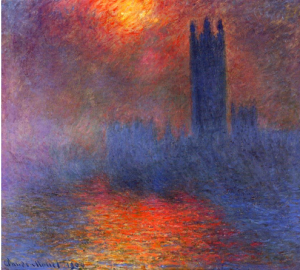|

Obfuscation means to “render obscure, unclear, or unintelligible”. And that label clearly applies to South Africa’s CITES lion export records, and in fairness, also pertains to the CITES trade record website maintained by UNEP and WCMC.
Let me explain.
1. South Africa, from 2000 to 2009, exported a total of 2651 “wild” lion trophies to the rest of the world according to CITES records. CITES only monitors exports, so this is a minimum number of lions shot as trophies, as South Africa has an active local hunting community. Add to this the latest CITES export number of 348 wild lions in 2010. Reliable export records end in 2010.
2. South Africa might have about 10-15 truly wild lions available for trophy hunts per year. Such hunts are either conducted in private reserves where introduced lion populations have outgrown their small population holding capacity, where hunting concessions border on national parks like Kruger and Kalahari Gemsbok, etc. So realistically, there should have been 110 – 165 wild lion trophies exported over the eleven years rather than 2909.
3. Why the discrepancy? This is where we have major questions. It seems trophy hunters would like to receive a “wild” lion category rather than a “captive origin” one. So the South Africa provincial authorities accommodate, despite the reality. The vast majority of the “wild” category trophies are in fact derived from a large captive population specifically bred for hunting, and “bled” into the system as “wild” lions.
4. How does South Africa facilitate this mislabelling? You might be surprised that a lion raised in captivity for its entire life can be “released” into a field and then “deemed wild” after a period of a few weeks depending on South African provincial regulations. Of course the lion needs to be fed all along. The “deemed wild” designation, however, does seem to hold weight with the local CITES authorities even though any reasonable person would designate this as a leap of faith.
5. The European Union has recently banned all imports of lion products from South Africa (except trophies, see below) because of this mislabelling – due to a concern expressed by the Scientific Review Group of the EC Wildlife Trade Regulation. Strangely, the USA Management Authority, the US Fish and Wildlife Service, has not acted similarly, despite the fact that the USA is the major importer of all South African lion exports – 71% of all trophy lions for example from 2000-2009. The European Union has requested clarification from South Africa since the 2011 import ban. To date, South Africa has only referred the matter to the provincial authorities issuing the permits, but there has been little overall progress.
6. Lion trophies, despite a clear involvement of commerce, remain largely outside the designation of “trade” by CITES and the EU Wildlife Trade Regulation rules as trophies are considered as “personal and household effects”. So in other words, when you travel to South Africa and purchase a table, chair, rug, or trinket, those fall into a category no different than a hunted lion trophy. Why? Well… just because it has been so for many years is the weak answer we are given.
7. Until LionAid came along, that was the status quo. Nobody questioned the mislabelling of lion exports from South Africa, and nobody raised questions about the personal effects derogations despite a clear association with trade in lion products. We aim to change all this and question whatever exports of lion products as to sustainability.
8. Finally, the “obfuscation” label also should be applied to the CITES trade website maintained by UNEP and WCMC. The data supplied, while now including figures for 2010, is only really accurate until 2009. There is little cross-referencing of numbers, and to extract reasonable data, a large number of pages with different categories need to be accessed. When LionAid queried the quality of the data, the WCMC suggested we contact the individual CITES authorities directly – but that is after all their job?
Conservation of lions requires a multifaceted approach. LionAid would urge South Africa and CITES/UNEP/WCMC to fully participate in the process by supplying realistic and supportable data to evaluate lion population offtakes as an important component of designing informed conservation measures.
Picture credit: Monet, Houses of Parliament in Fog, www.monetalia.com
| 



